-
1
- #1
Cumbre Vieja, a volcano on La Palma in the Canaries, just erupted a couple of hours ago. National Geographic did an episode on it as part of a 'Disaster Earth' series a few years ago. Essentially, there's evidence of a massive landslide on the island a few hundred millennia ago, the likes of which would have formed a tsunami large enough to hit the east coast of the US. A recent earthquake seems to have restarted the process and formed a large fissure along the island.
Here's to hoping it doesn't move any more....
Here's to hoping it doesn't move any more....

![[flame] [flame] [flame]](/data/assets/smilies/flame.gif)
![[curse] [curse] [curse]](/data/assets/smilies/curse.gif) sufficiently insulated to permit a quick measurement.
sufficiently insulated to permit a quick measurement.
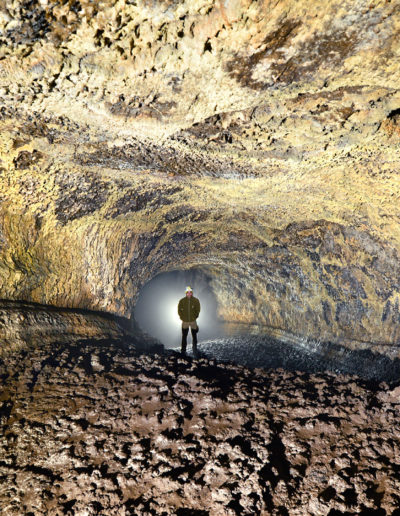

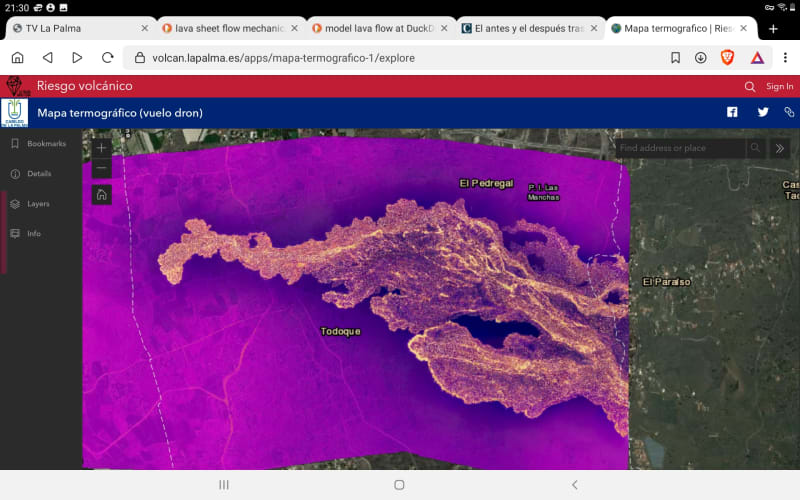
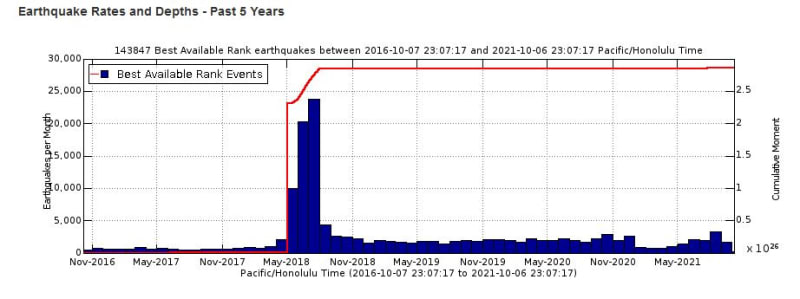
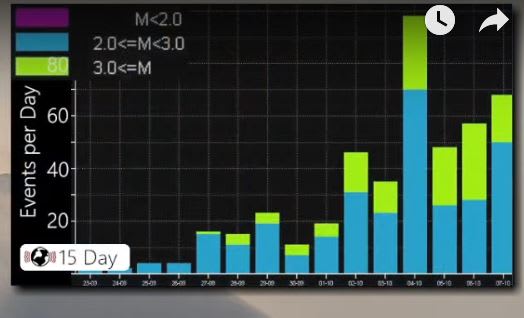
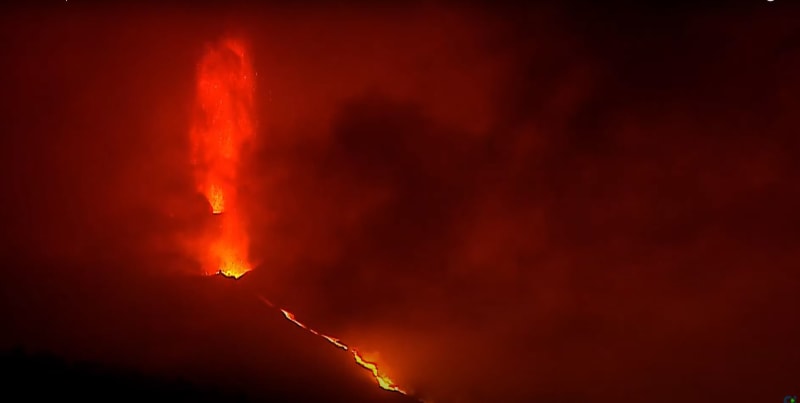
![[indian] [indian] [indian]](/data/assets/smilies/indian.gif)
![[bow] [bow] [bow]](/data/assets/smilies/bow.gif)
![[bowright] [bowright] [bowright]](/data/assets/smilies/bowright.gif)
![[chicken] [chicken] [chicken]](/data/assets/smilies/chicken.gif)
![[bowleft] [bowleft] [bowleft]](/data/assets/smilies/bowleft.gif)
![[lol] [lol] [lol]](/data/assets/smilies/lol.gif)